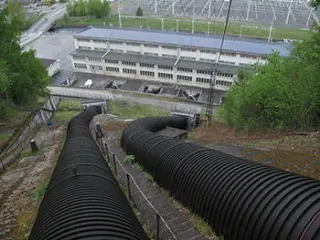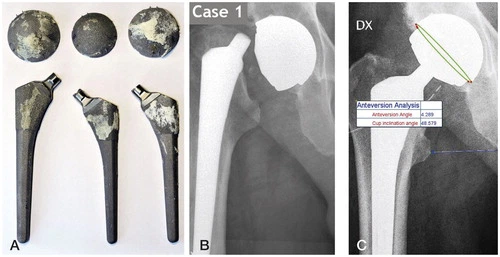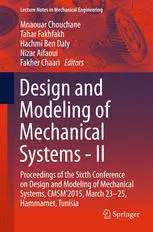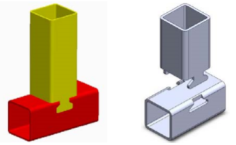EDF a mis sous surveillance par émission acoustique les conduites forcées de la centrale de Malgovert. Objectif : détecter en temps réel, pendant deux années et demie, la rupture de frettes en acier à haute limite élastique.
Pour cela, Le Cetim a développé en 2011 un système basé sur le principe de l’émission acoustique. Des tests de propagation d’ondes ont d’abord été menés sur site afin de rechercher les capteurs les mieux adaptés tout en optimisant leur nombre. La simulation des ruptures de frettes sur site a ensuite permis de s’assurer de l’efficacité des capteurs à moyenne fréquence (100 kHz) pour détecter les défauts. Le bruit de fond dû à la circulation de l’eau dans les conduites a également été analysé.









 A paper presented at «
A paper presented at «  An article which will be published in
An article which will be published in